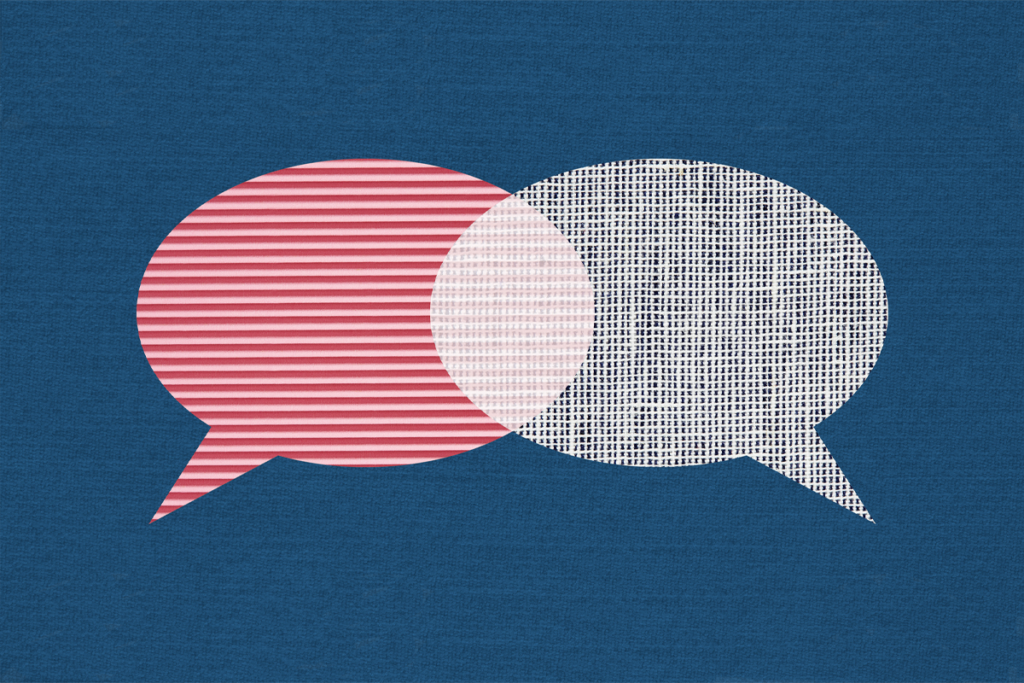Virginia Gewin is a freelance writer based in Portland, Oregon.
Virginia Gewin
Freelance Writer
SFARI
From this contributor
Scientists find molecular player in Angelman syndrome
Two independent teams have discovered key molecular steps in the way a single gene disrupts the connections between neurons in individuals with Angelman syndrome. Because the gene, UBE3A, has also been linked to autism, the findings could help scientists understand and treat a range of neurodevelopmental disorders.

Scientists find molecular player in Angelman syndrome
Postmortem brains point to impaired inhibition in autism
Researchers have found a higher density of several types of interneurons — nerve cells that connect sensory and motor neurons in the brain— in postmortem brain tissue from individuals with autism, compared with healthy controls. The findings appear in the February issue of Acta Neurologica Scandinavica.

Postmortem brains point to impaired inhibition in autism
Loss of inhibitory neurons marks autism mouse models
Autism may be the result of faulty wiring that occurs during early brain development, according to two independent studies that looked at the origins of circuit disruption.

Loss of inhibitory neurons marks autism mouse models
Autism marked by altered trajectory of brain growth
Although the head overall is bigger in some children with autism, researchers have found more informative differences in size — some smaller, some larger — across regions of the brain.

Autism marked by altered trajectory of brain growth
Eye-tracking brings focus to ‘theory of mind’
People with Asperger syndrome don't automatically show 'theory of mind', the ability to understand the desires and beliefs of others, according to a report published 16 July in Science. Instead, they seem to use deliberate reasoning to understand social behaviors, learned after years of practice in the real world. Watch the video
Explore more from The Transmitter
Xiao-Jing Wang outlines the future of theoretical neuroscience
Wang discusses why he decided the time was right for a new theoretical neuroscience textbook and how bifurcation is a key missing concept in neuroscience explanations.
Xiao-Jing Wang outlines the future of theoretical neuroscience
Wang discusses why he decided the time was right for a new theoretical neuroscience textbook and how bifurcation is a key missing concept in neuroscience explanations.
Memory study sparks debate over statistical methods
Critics of a 2024 Nature paper suggest the authors failed to address the risk of false-positive findings. The authors argue more rigorous methods can result in missed leads.

Memory study sparks debate over statistical methods
Critics of a 2024 Nature paper suggest the authors failed to address the risk of false-positive findings. The authors argue more rigorous methods can result in missed leads.
Attention not necessary for visual awareness, large study suggests
People can perceive some visual information even if they do not pay direct attention to it.

Attention not necessary for visual awareness, large study suggests
People can perceive some visual information even if they do not pay direct attention to it.